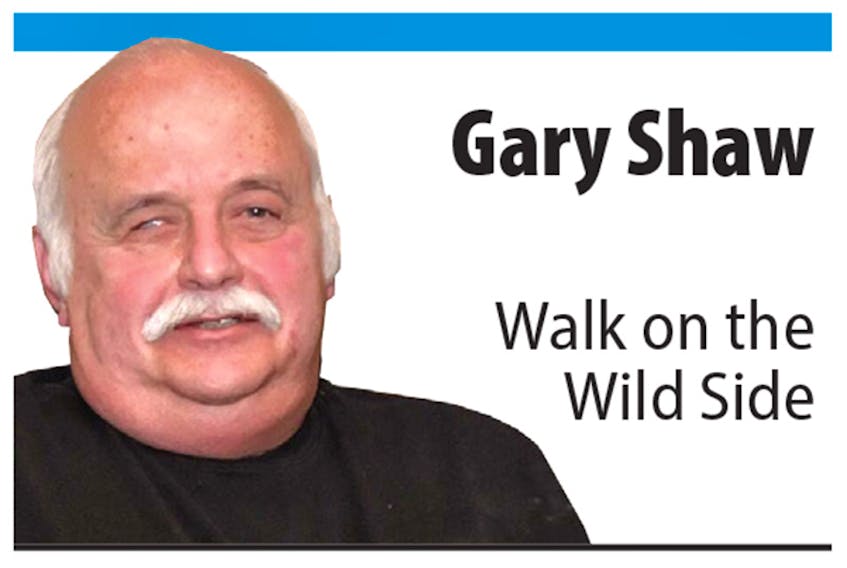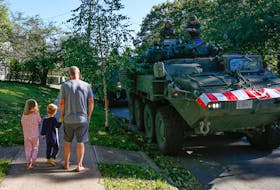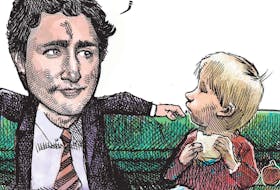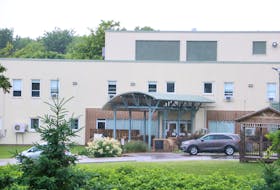We have had a long and snow filled winter. The black bears of Labrador are perhaps the smartest Labradorians of all. They dig into a hole or under a big old stump from a deadfall tree, make themselves comfortable, and set up housekeeping for a long winter’s snooze.
More by Gary Shaw:
Time to revisit the possession regulations of brook trout in Labrador?
Bill C-71 needs to be examined
They simply sleep through the wind, the snow storms and the bitter cold temperatures oblivious to the fact that we as humans fight our way through these same conditions all winter.
Bears go into full hibernation mode. Their heart rate drops to around four beats per minute, their kidneys shut down and they go into a deep sleep. As we see them gorging on the berries and anything else that their snout guides them to as we head into fall, they are engaged in non- stop eating to put on the necessary fat required to get them through the winter. No matter what size the bear is, it will need a minimum of a 30 per cent increase in body weight from spring to fall, to get through the winter. If they don’t have it, the won’t wake up, they will have starved to death in their dens.
The female gives birth to her cub or cubs, twins are common, in February without even waking up. The cubs are tiny, weighing only about four ounces. Instinct helps them find their way to mom’s breast. The cubs are regularly two months old before mom even wakes up to greet them.
When the bears finally wake up and get out of their den, their fat is gone, and they are hungry. Depending on the year, as we move into mid-May and toward June, these guys will be waking up. When they do, there is a process that the bear has to follow to get back to eating again. There digestive system has been shut down all winter and they have to ease back into their feeding process. They can’t just simply start gorging themselves. They require at least a week or 10 days of new green growth to get their gut up and running, front end to the back. Once they get this working they are good to go; there is nothing off limits.
This is where we as humans have to accept some responsibility for the bears’ behaviour. They will just carry on being bears until, through our actions, they become problem bears.
As campers, fishermen and cabin owners, it is our responsibility to not send out any special invitations to bears to join us or share our property. If we are fishing, watch where we clean any fish that we may have for a shore lunch and get rid of the guts. Don’t leave any packs with a Bologna sandwich in it laying around.
If we are camping, set our camps up where we can see the area and there are no surprises for us or the bear. Keep our area clean and have our garbage and coolers stored in a location separate and secure from right under our feet.
Our cabins will be a magnet for the bears if we don’t take precautions with the blatantly obvious. Don’t leave any garbage laying around, keep your barbecue clean after each use and don’t leave anything in the cabin when you head back to town that will leave any food smell the bears can sniff out. If you ignore these pro-active initiatives, two things can happen. You can return to your cabin the following weekend to find the door or a window, or both, torn off the cabin and a big mess inside for you to clean up. The second thing will be that a bear may end up being destroyed that wasn’t necessary if we had just followed a few simple rules.
At the end of the day a bear makes his living with his nose. If we remember this and by our actions we take pro-active actions ourselves, things will work out far better for both us and the bears as we share the “Big Land.”









